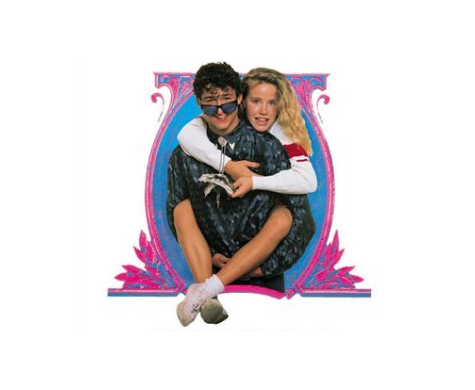I can read minds, you know
 Subscribe to Decision Science News by Email (one email per week, easy unsubscribe)
Subscribe to Decision Science News by Email (one email per week, easy unsubscribe)
GUESSING WHAT PEOPLE ARE THINKING ABOUT BASED ON BRAIN ACTIVATION
You know how in cheesy 80s movies and TV shows there will be a romantic scene, like two young people on a date, and the guy will say something like “I can read minds, you know” and the girl will say “Ok” and scrunch up her eyes and say “What am I thinking about now?” and then the guy will say something particularly cheesy?
Well, in the future they’ll be able to do that scene and the guy will say “apple” and the girl will go “that’s amazing!” and the guy will go “well, the base rate was one in 60” and the girl will go “can I get out of this fMRI now?”
In any case, read this by Marcel Just et al
A Neurosemantic Theory of Concrete Noun Representation Based on the Underlying Brain Codes
This article describes the discovery of a set of biologically-driven semantic dimensions underlying the neural representation of concrete nouns, and then demonstrates how a resulting theory of noun representation can be used to identify simple thoughts through their fMRI patterns. We use factor analysis of fMRI brain imaging data to reveal the biological representation of individual concrete nouns like apple, in the absence of any pictorial stimuli. From this analysis emerge three main semantic factors underpinning the neural representation of nouns naming physical objects, which we label manipulation, shelter, and eating … the fMRI-measured brain representation of an individual concrete noun like apple can be identified with good accuracy from among 60 candidate words, using only the fMRI activity in the 16 locations associated with these factors. To further demonstrate the generativity of the proposed account, a theory-based model is developed to predict the brain activation patterns for words to which the algorithm has not been previously exposed. The methods, findings, and theory constitute a new approach of using brain activity for understanding how object concepts are represented in the mind.
In order words, they can read your mind.
I like this task description:
Task: When a word was presented, the participants’ task was to actively think about the properties of the object to which the word referred.
… I wonder if the subjects were tempted to scrunch their eyes.
Find the full article here (free PDF download): http://www.plosone.org/article/info:doi/10.1371/journal.pone.0008622
REFERENCE: Just MA, Cherkassky VL, Aryal S, Mitchell TM (2010) A Neurosemantic Theory of Concrete Noun Representation Based on the Underlying Brain Codes. PLoS ONE 5(1): e8622. doi:10.1371/journal.pone.0008622
photo credit: The movie “Can’t Buy Me Love”, which doesn’t have the aforementioned scene, but does have the kind of nerdy-guy-dates-popular-girl device that causes writers to trot out the “I can read minds” bit.


